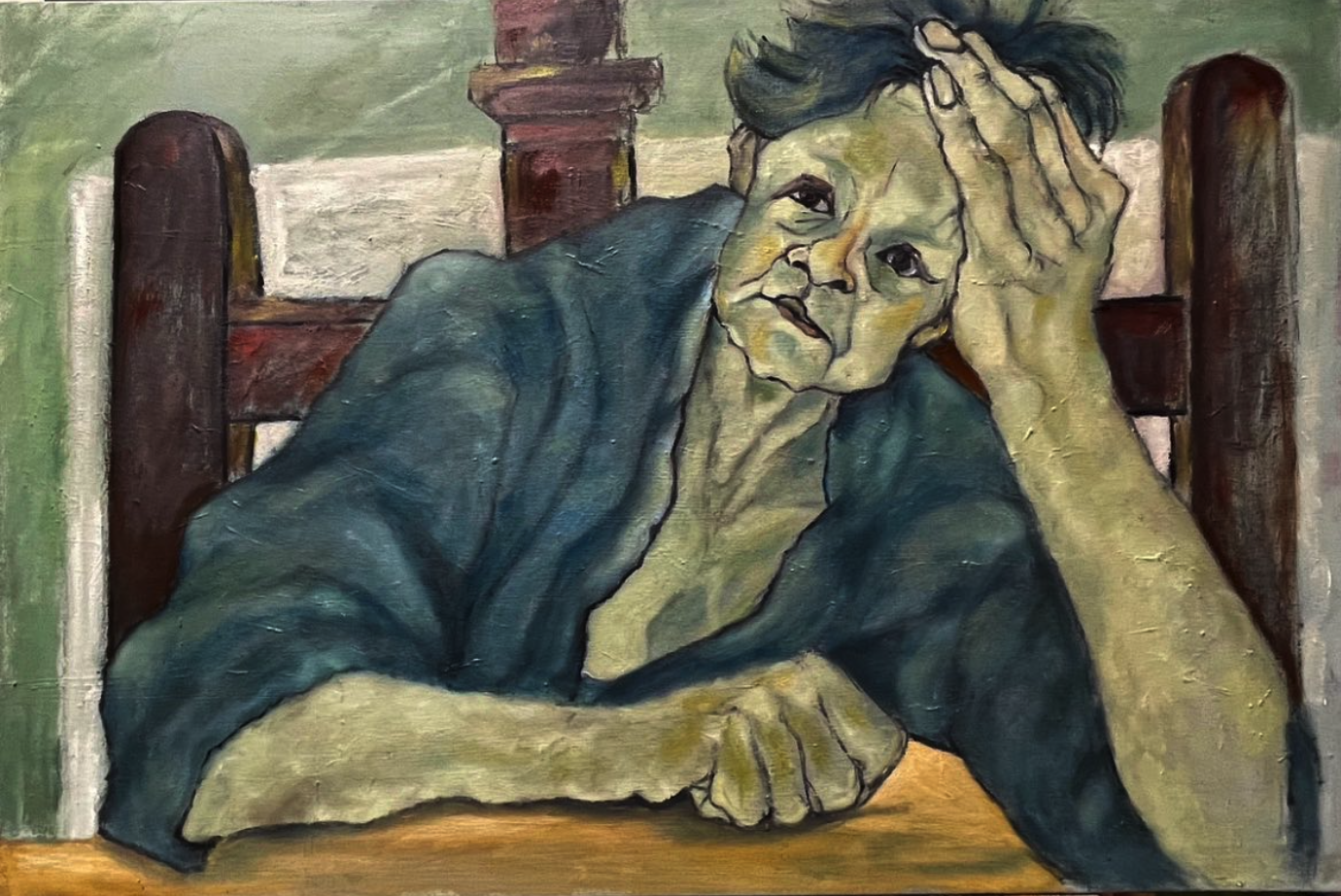Barbara Storey
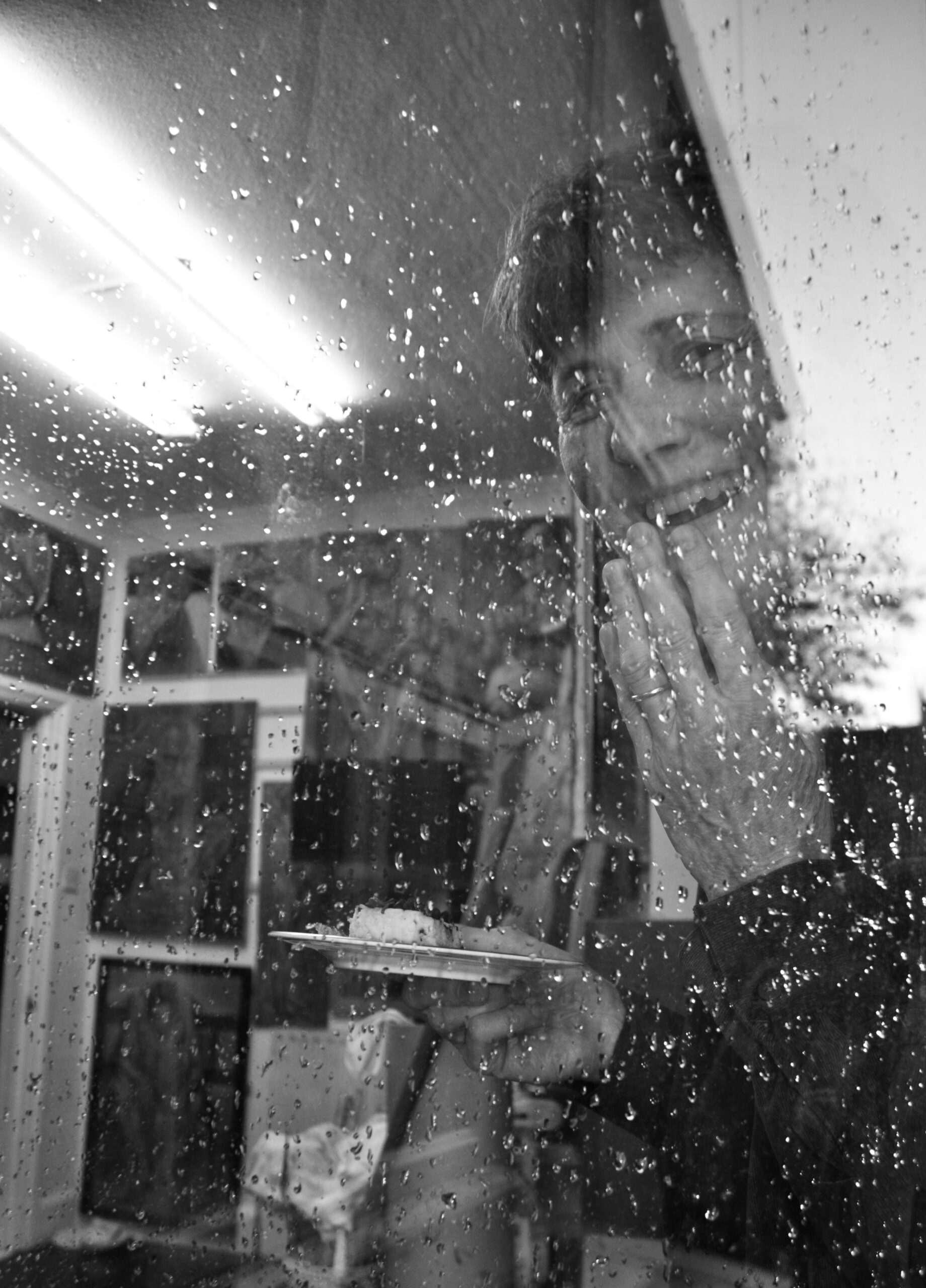
There is a raucous figurative style in Barbara’s portraits and nude paintings. Hinting on neo expressionism with her freedom to manipulate the painting. There are somber melancholic undertones, sometimes combined with cartoon-like imagery, which Barbara describes as being more of a grotesque effort, with her strong outlines with an ambiguous narrative of the portrait of the person she paints. However, with a bold technique emphasising a caricature in her style, which appears influenced by her desire to observe human beings, this fascination and emphasis on her asspiration to see them. Yet, within this subtext, of her nude figures, we see the routed tonal colour schemes of nature, instead of the natural flesh tones, she uses shades of green, blue, puta, and strong black outlines. Her choice of palette and the allure of the colour tones, narrate the figurative as an animated artwork, sometimes toying with realism and then employing a larger than life style of composition with abnormally corpulent and elongated figures. What is emphatically different about her work is an expletive journey, as she breaks the rules, unfolding various techniques and allowing her style to evolve.
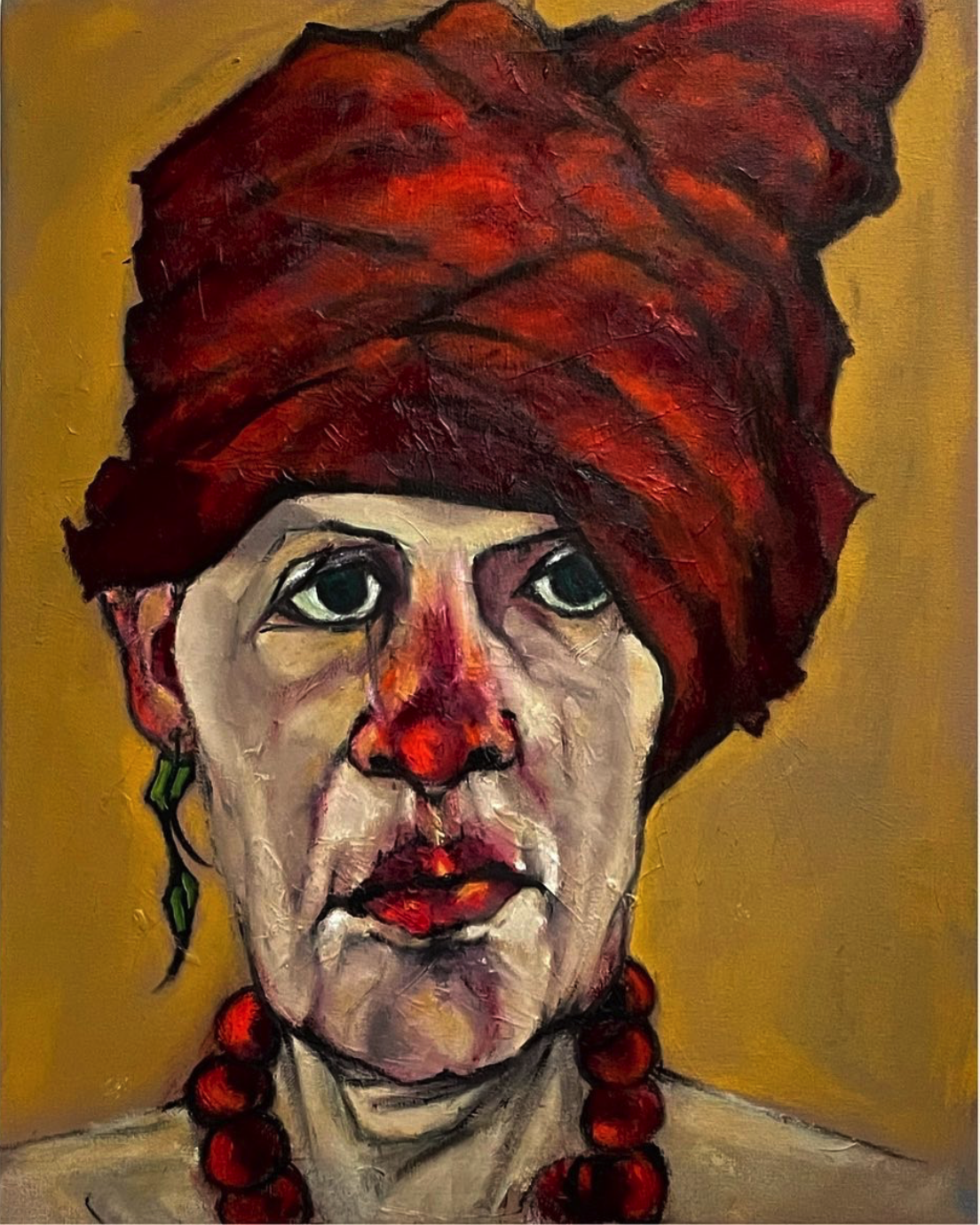
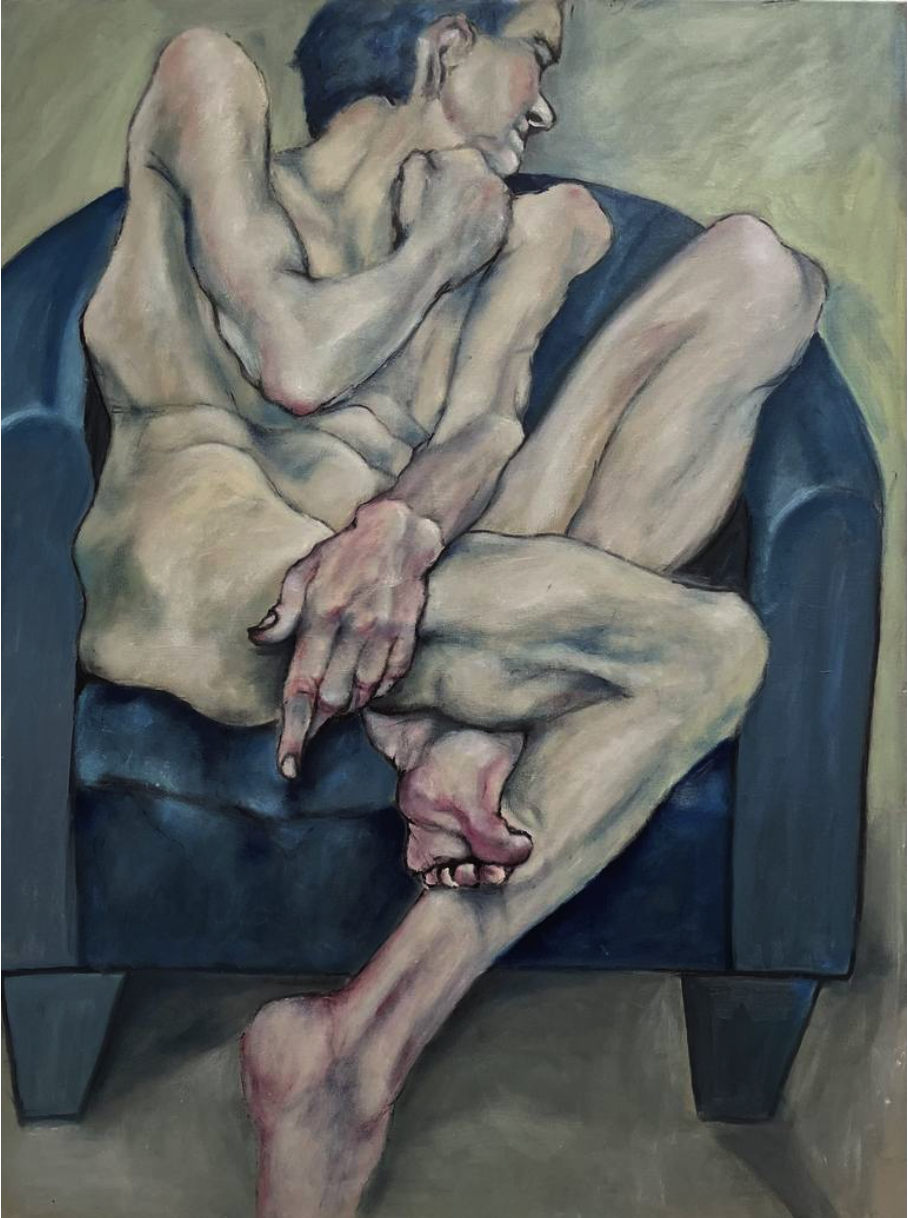
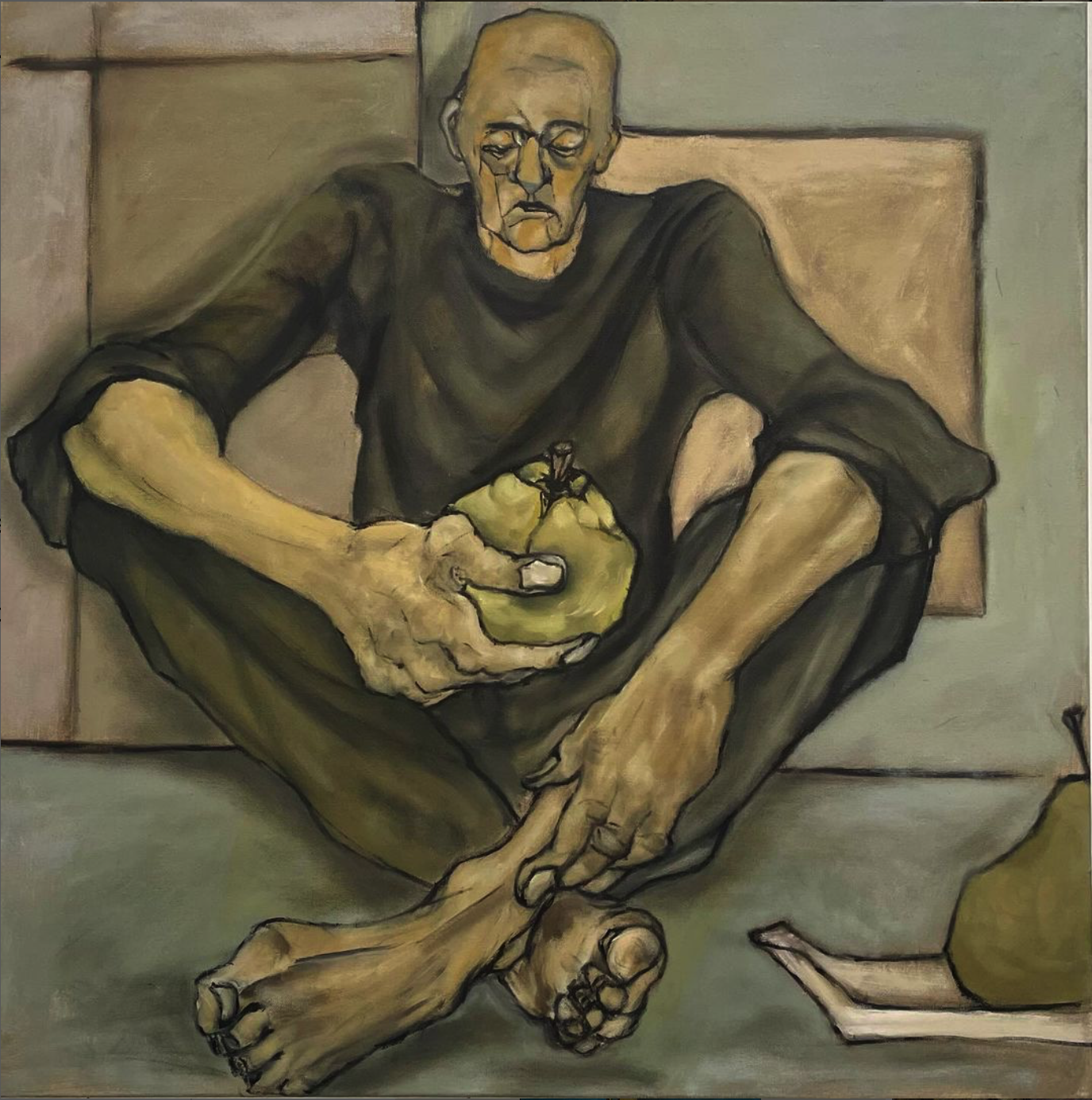
We meet in her immaculately clean home, a prominent colour is white, sitting in the kitchen for tea and cheesecake, that’s meant for our shoot, many of her paintings are hanging on the walls. We engage with her journey and how Barbara started her career as an artist, later in life. She talks to me about her childhood growing up in Sopot, she describes the idyllic beauty of a seaside town in Poland, with beautiful beaches, as what is termed the Rivera of Northern Europe. A perfect childhood by her devoted parents, who were young, educated, intelligent and open-minded she tells me, and emphatically devoted to each other and to their only child. However, her teenage years were filled with angst, when her father passed when she was just 13, leaving her mother and her to carry on, as she witnessed her mother’s grief. I try to engage Barbara, about the early influences of creativity, she describes how her mother did notice how she escaped into her own world as a little girl, creating fictional scenes, probably due to her being an only child. Instead of embarking on a creative career though, she recalls how she was put off art at school. She recounts having to carry huge bags with all the art utensils walking to school in freezing Poland with her heavy art bag. The teacher always gave them tasks to paint about Labour Day marches and Woman’s Day and she didn’t enjoy the themes. It was during communism, and there was no freedom of expression.
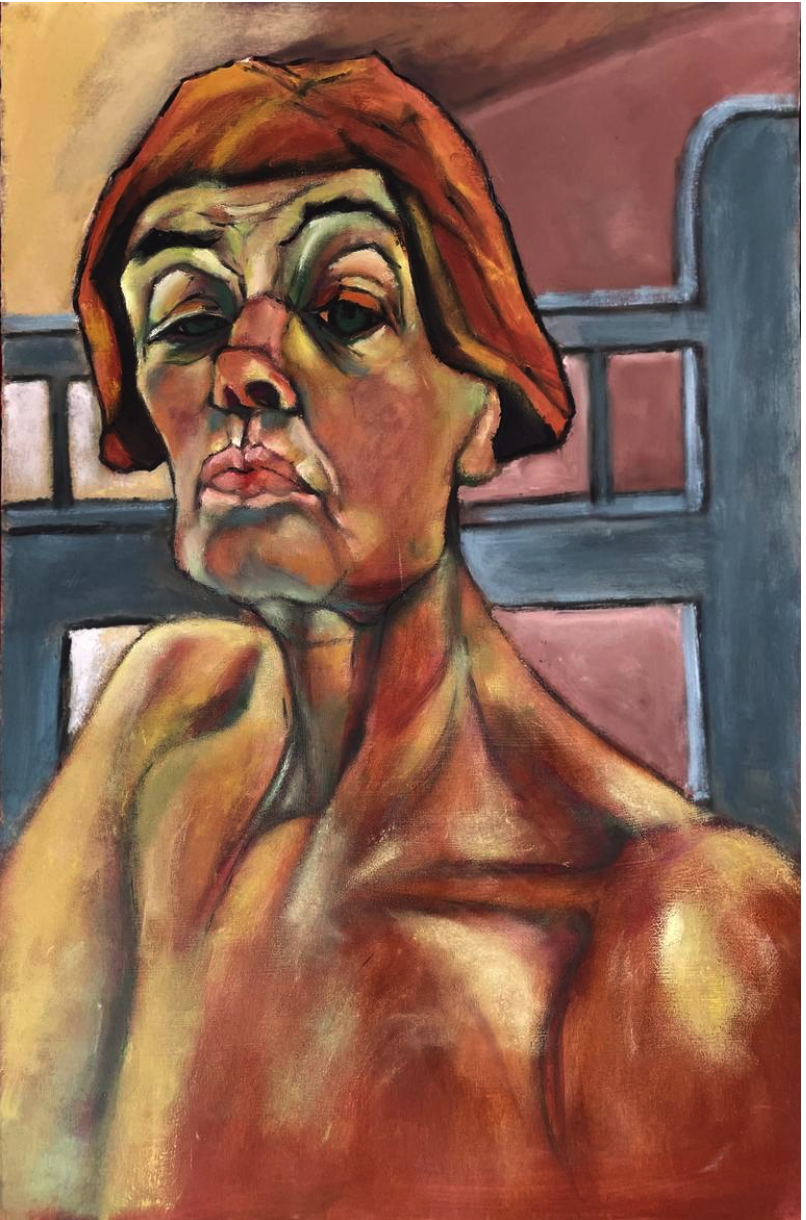
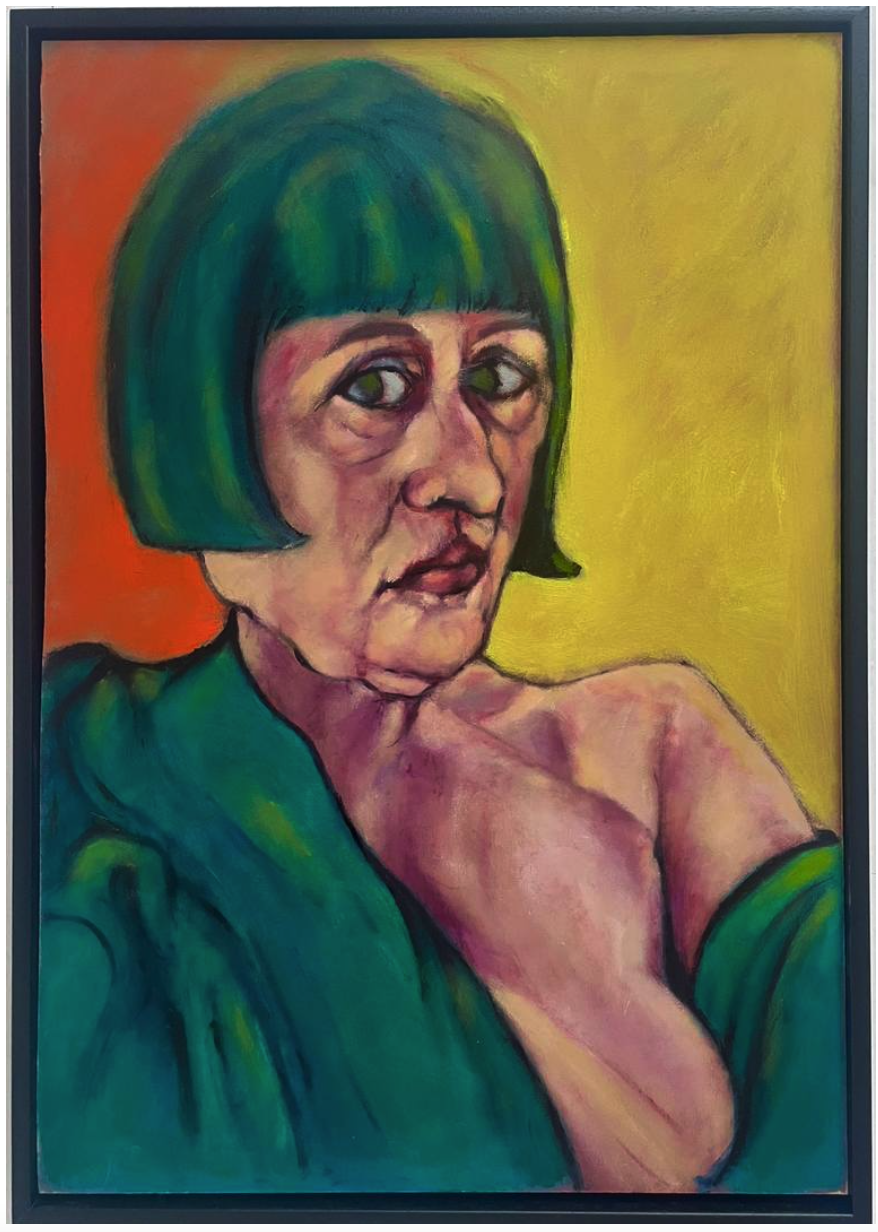
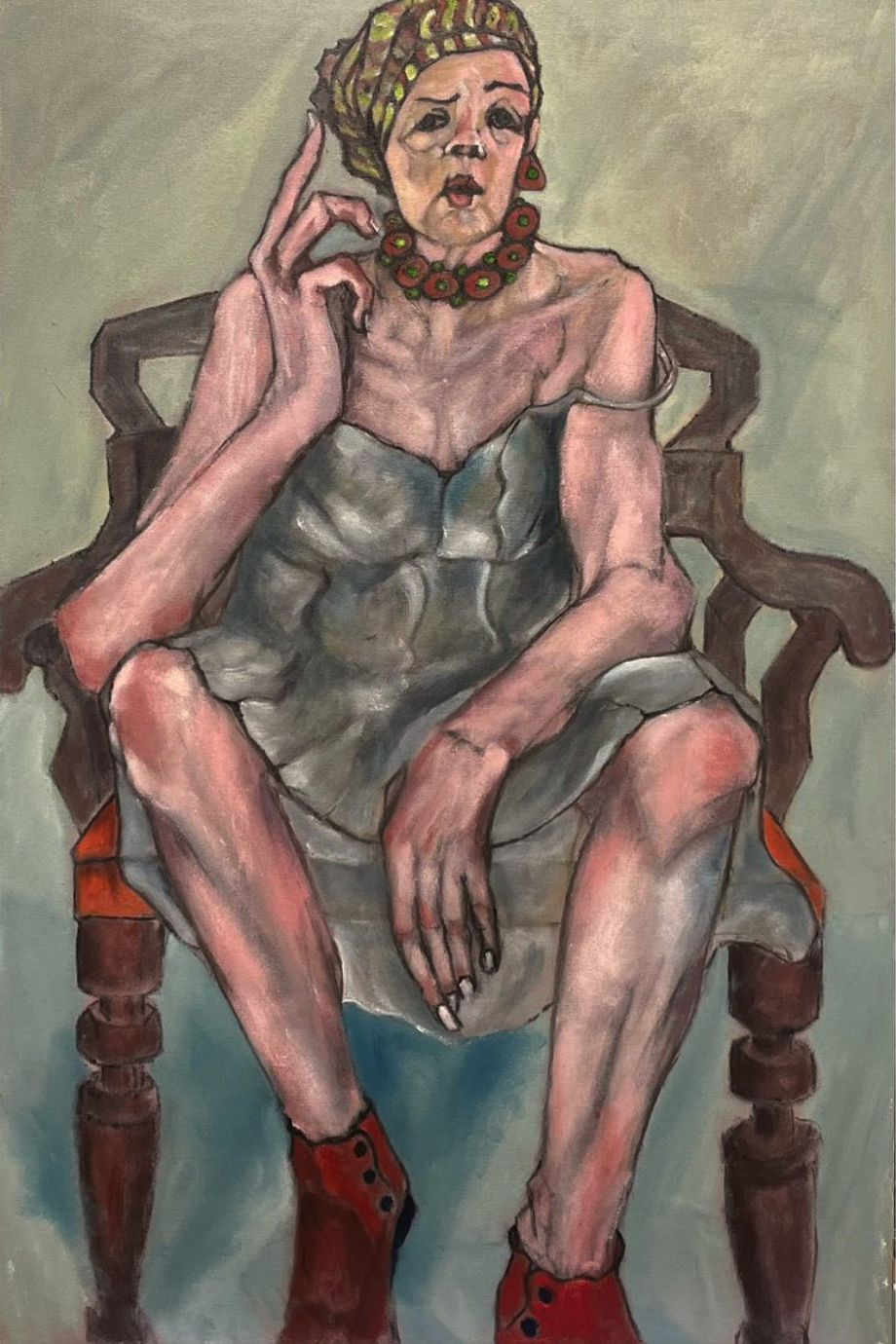
However it was her grandmother she tells me who kept the creativity alive, reading her books which included the Greek myths, introducing her to artist and theorist, Albrecht Dürer and trying to show her granddaughter all the beautiful things, post-war in Poland. Her mother was a lawyer, and her father an engineer, and when Barbara graduated, “That was the plan, to get what is called a proper job” she tells me, to go to university. It was only her grandmother who said she should choose what she wanted. Barbara wanted to study psychology and was interested in human psychics. She went to college and trained in civil engineering, she enjoyed the elements of architecture, she tells me. But she chose a career in accounting, starting with bookkeeping. She has always been very disciplined, “I had to be” she exclaims “to be organised and keeping things clean and having order was helping with life’s ordinary demands and stresses. When I closed the door to the office though, then life began,” she tells me.

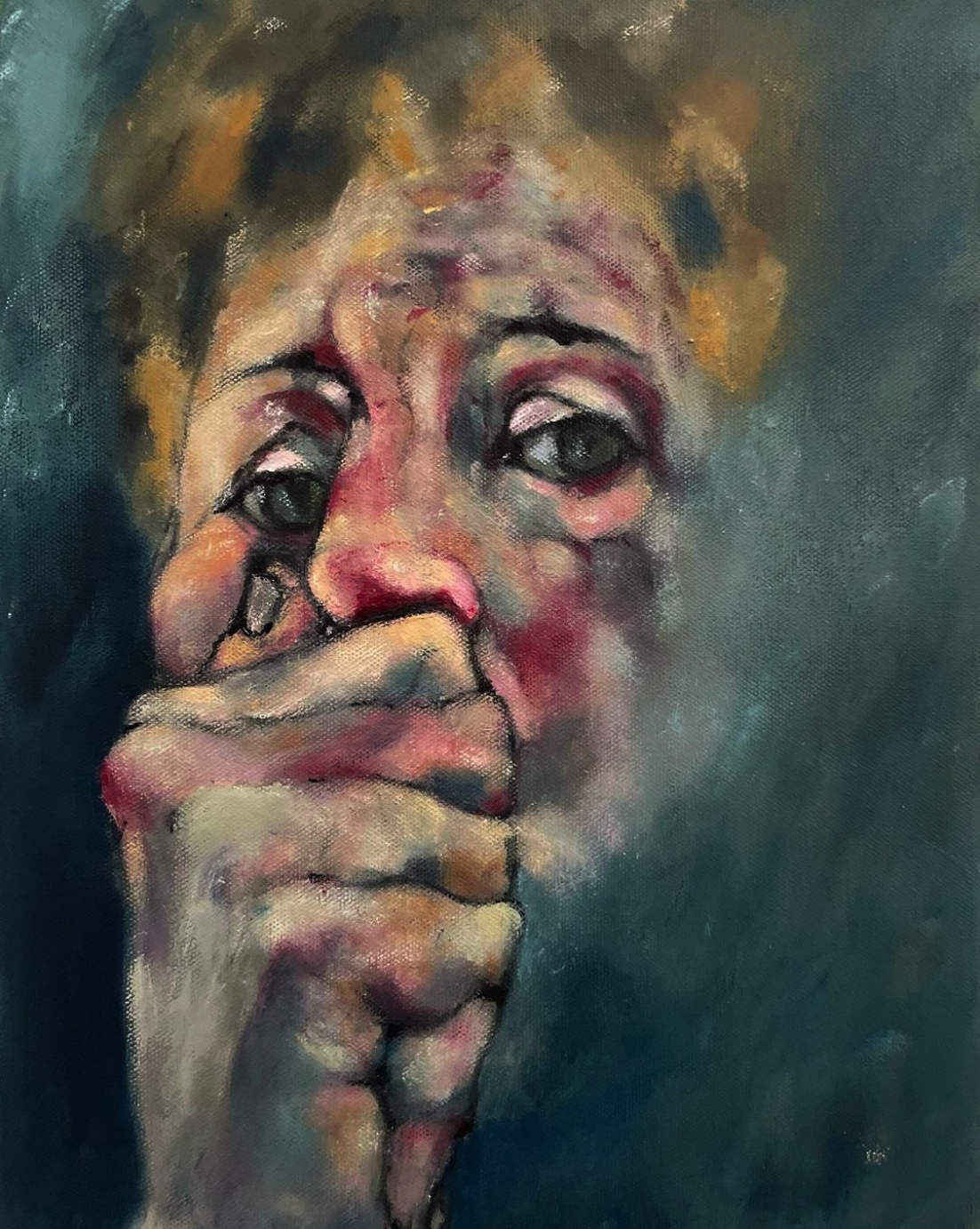
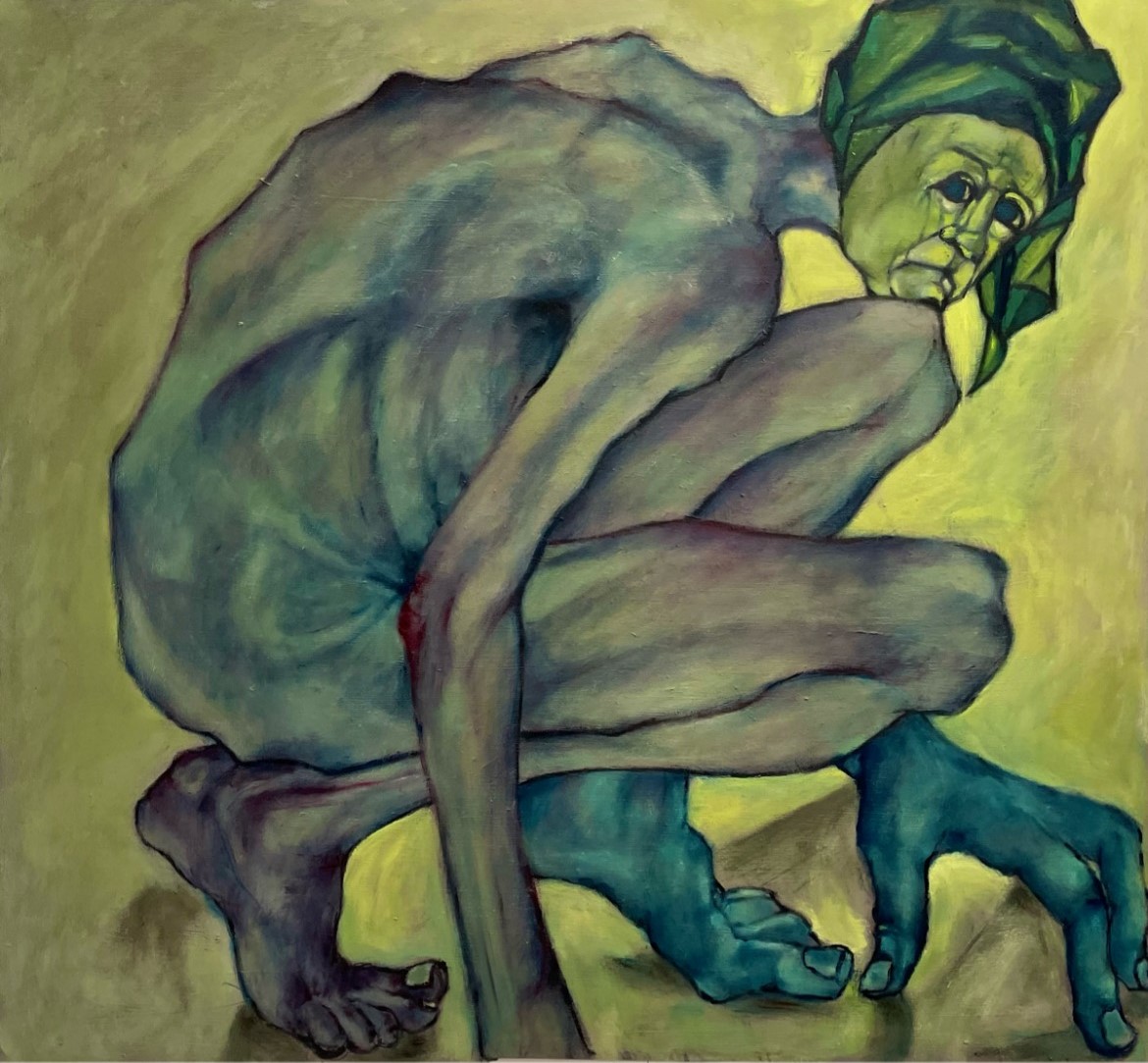
She also always enjoyed languages, and she learned many of them at college, but for Barbara, English was the window to the world. Something about English literature, old England, enchanted her, she explains. She immigrated to the UK, in her late 20’s. She worked as an accountant and finance director. In leisure time she enjoyed fencing as a sport. “Things went completely different when I met my husband,” she tells me. When I ask her how they met, she smiles broadly “We met fencing”! Barbara exclaims. “I never believed the concept of a soul mate,” she tells me, until that is when she met her husband and 25 years of happiness.
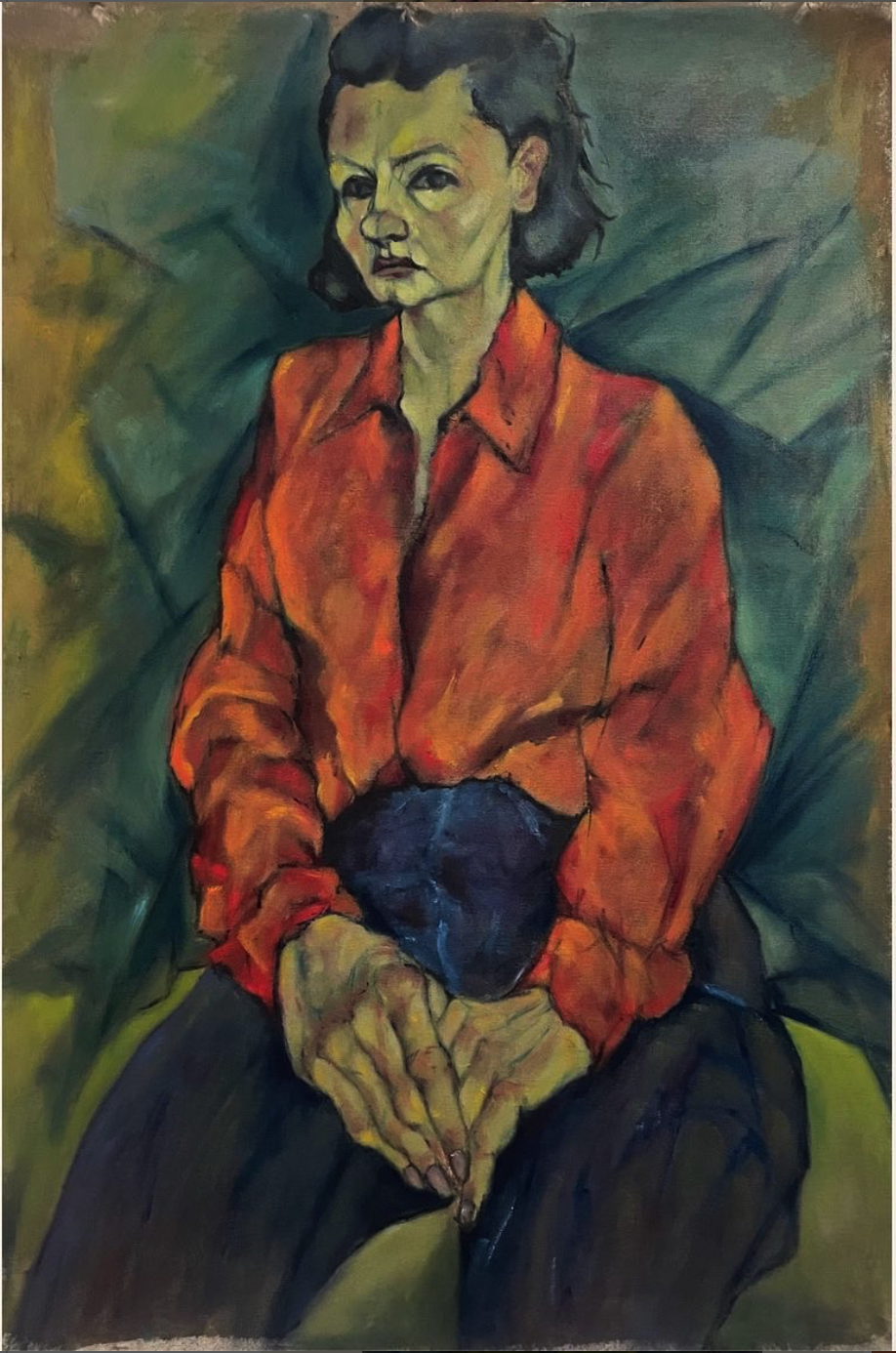
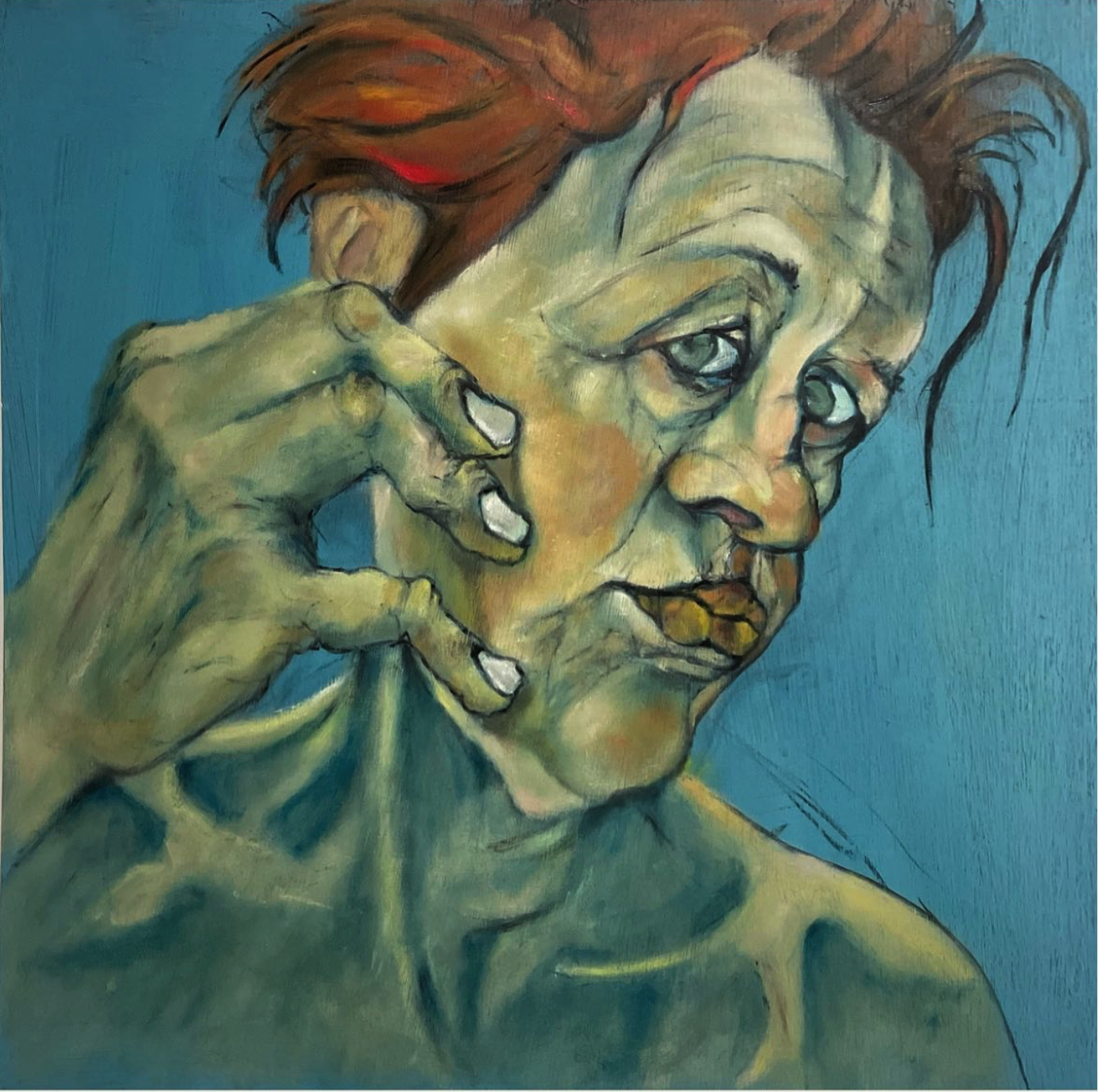

I asked Barbara, what the catalyst was to become an artist. As a teenager in Poland, she had tried photography and sculpture and then signed herself up for sculpture classes when she moved to London. It was years later that she decided she would start oil painting, she laughs when she tells me was shocked at how expensive oil paint is. However, she never forgot the moment when she set up the easel and canvas, and when she first applied the paint to the canvas with her paintbrush. She let out a loud scream, she exclaims. It was love at first brush. The irony is that initially, she used the paint sparingly until her art tutor advised her to put more paint on the canvas, “I pointedly refused, being confident that my style of handling paint had been set” she tells me.
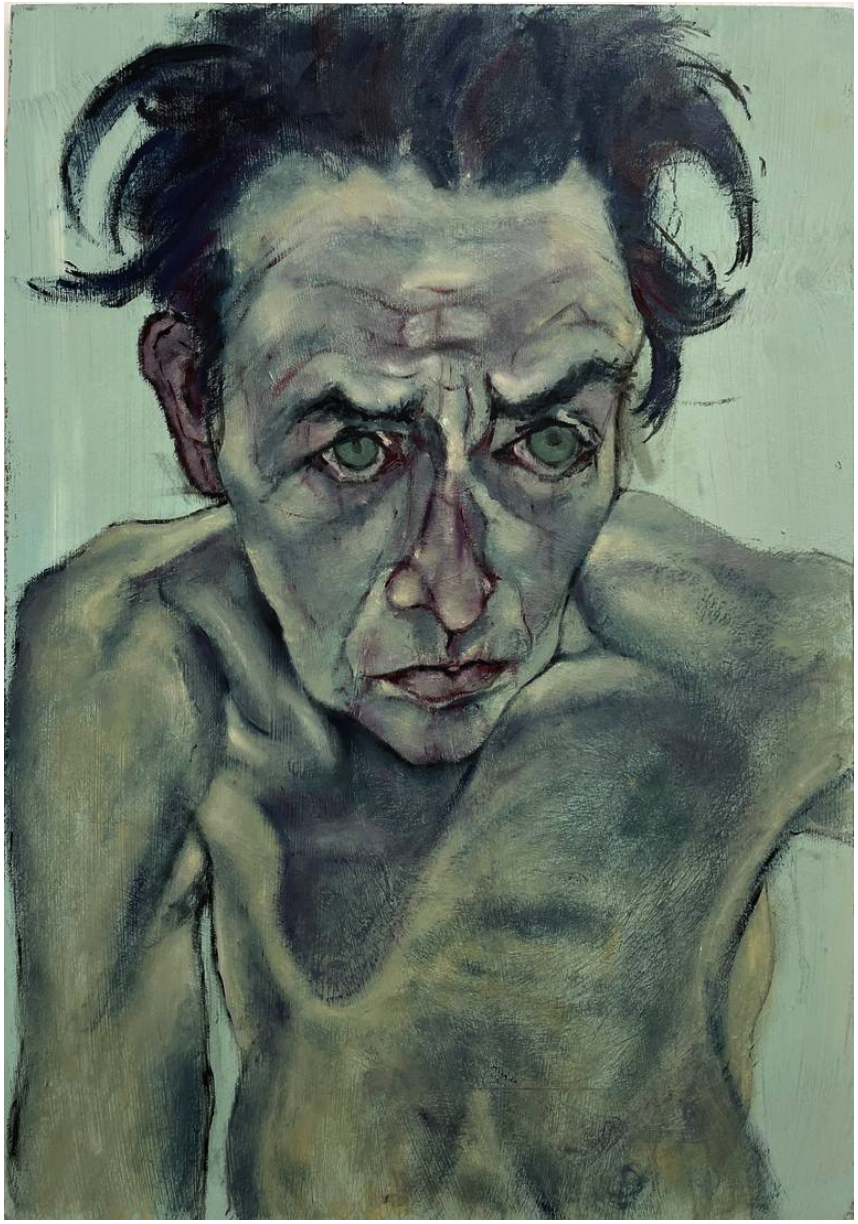
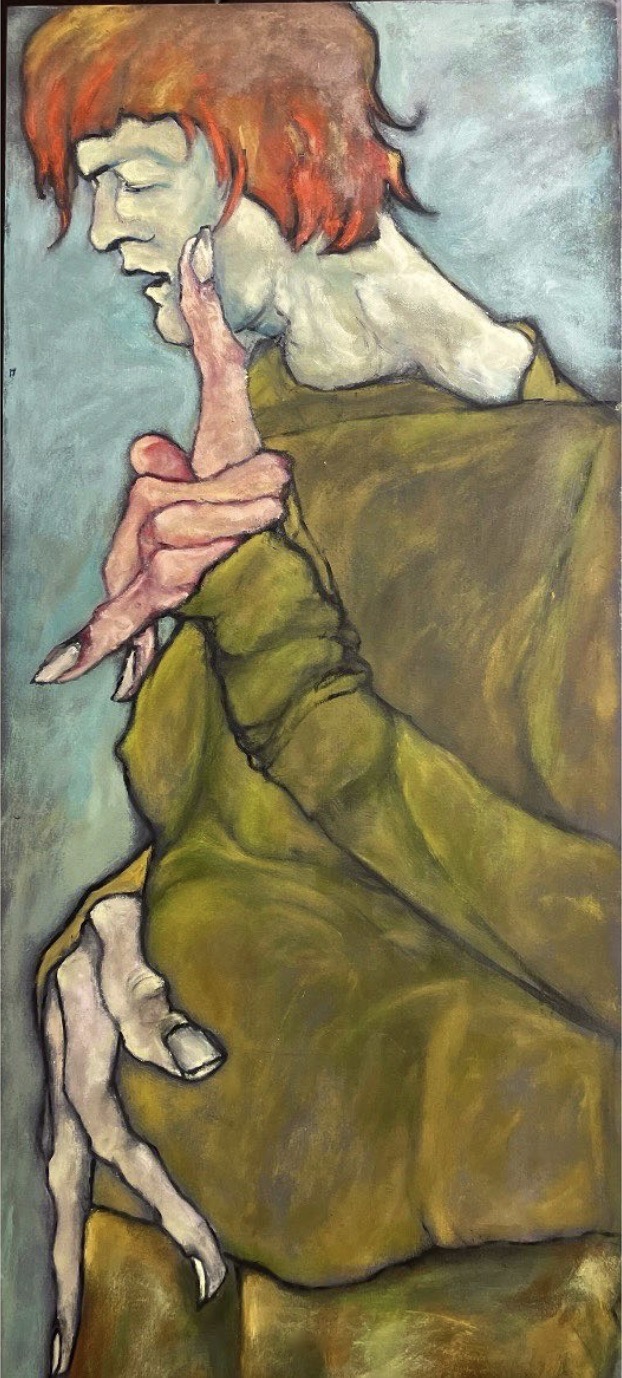
She describes how she paints with instinct and loves the texture of the unprimed canvas and the way an artist can move oil paint around. Her interest was always in painting people, “Landscape bores me to death, there is always a story there in a person” she explains. Barbara describes her inspiration for the palette as bizarre. She reflects on Picasso and his choice of colours, and rule-breaking. As primarily a self-taught artist, with tutorials and courses including the Art academy, drawing from life models. She tells me that anybody can learn, “The essence of art is to inject life into it” she exclaims. She wasn’t frightened to experiment, the best school is going to galleries, she exclaims and by copying, she says, she learned by emulating Albrecht Dürer, and how geometry at school helped her understand perspective.
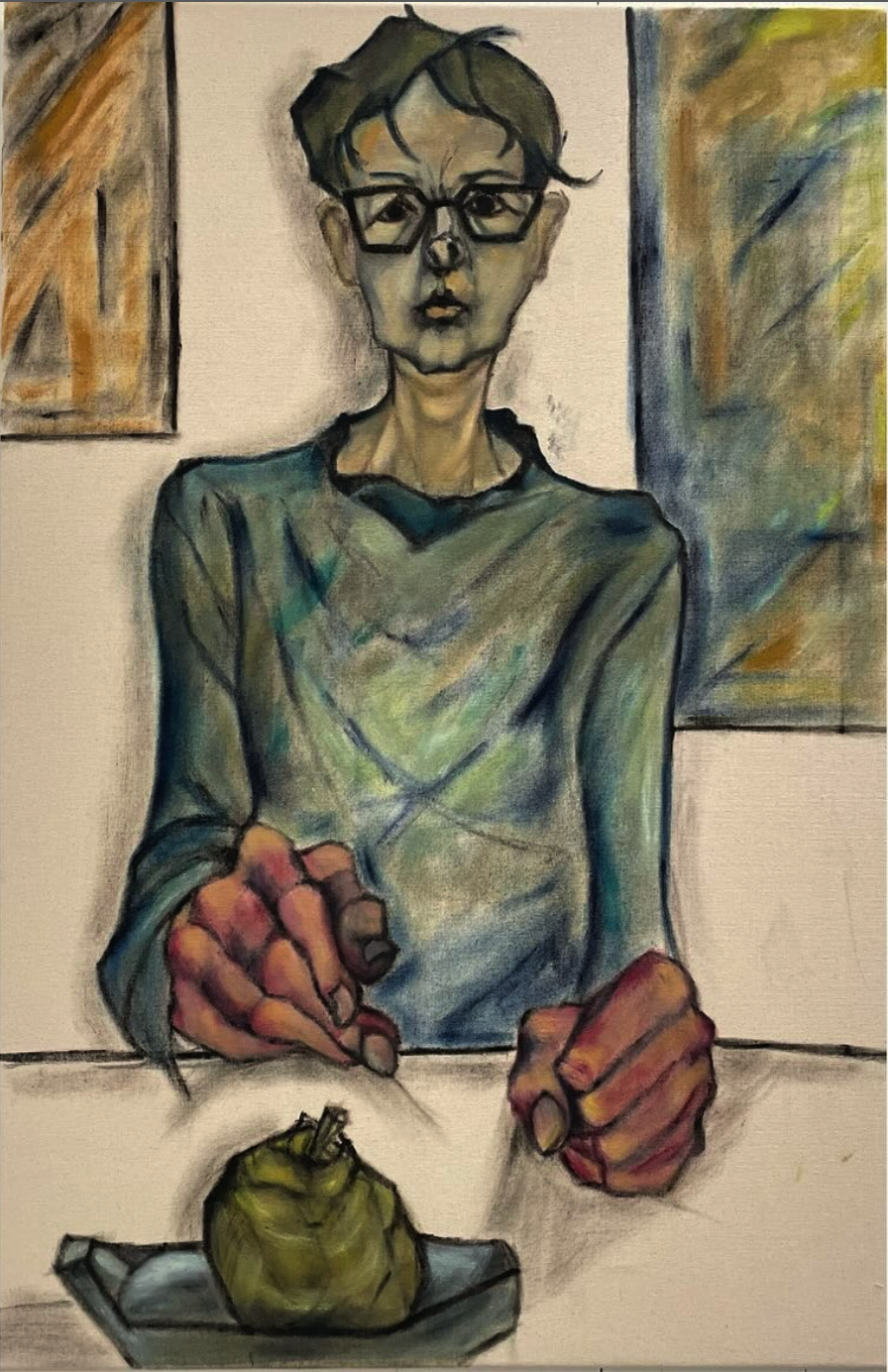
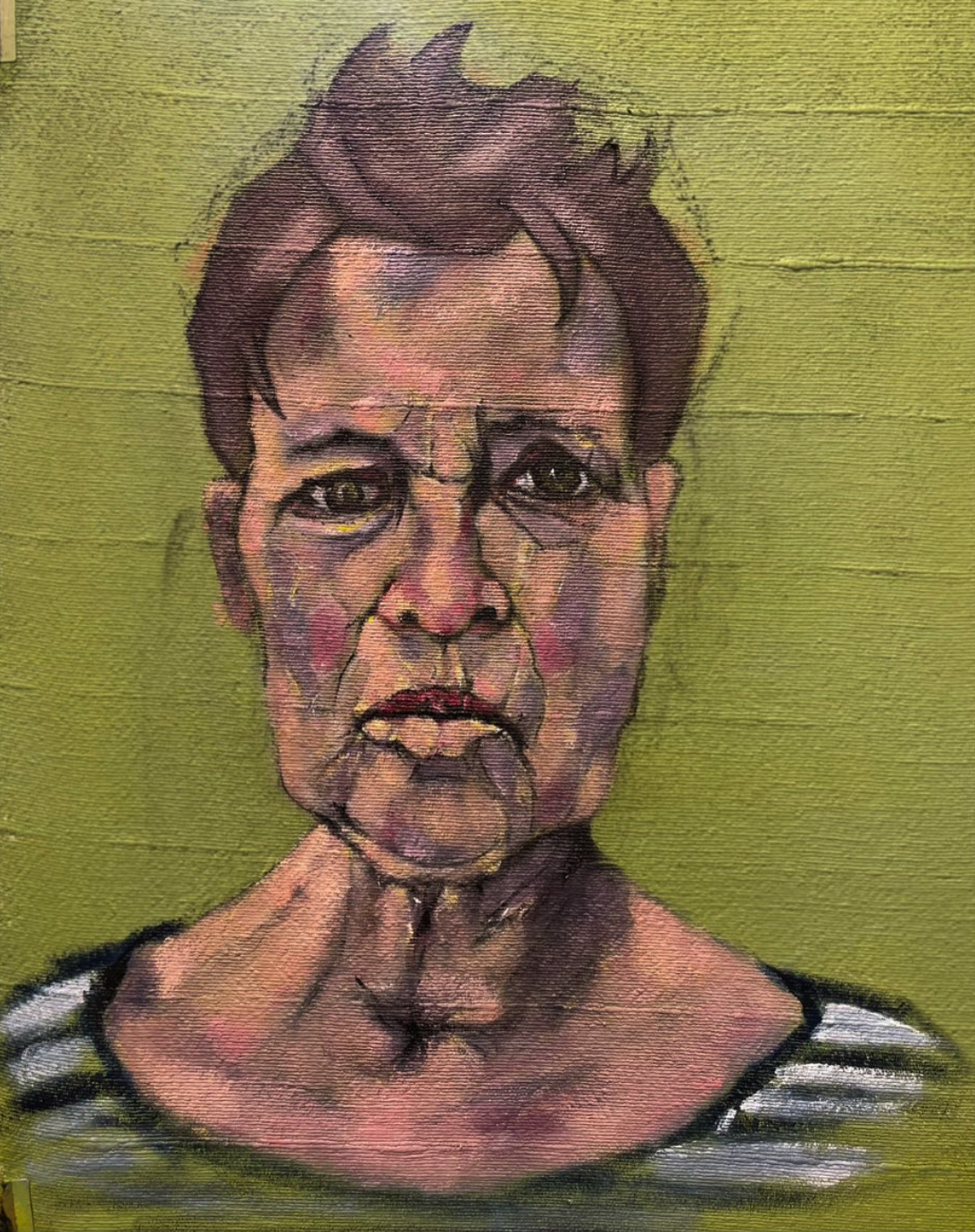
I asked her about her favourite artists and who inspires her; Egon Schiele, jumps out first, “He is quite brutal in representing the human body” Barbara tells me, next is Christian Shad and Otto Dix, the way they portray people, then she mentions Picasso, and how he kept reinventing himself and David Bomberg “because of his looseness of style” she explains. I asked her, what factors allow her to love an artwork, “That beauty is something, that is so useless but so necessary, we need to have beautiful things around us”. When I ask Barbara what she considers perfection, “When you are happy” she sighs with a broad smile.
Interview: Antoinette Haselhorst
